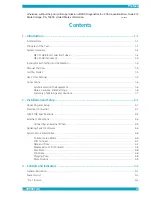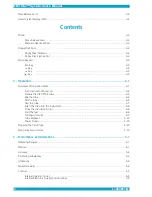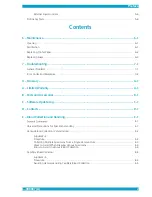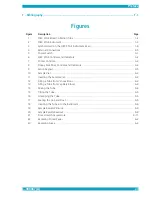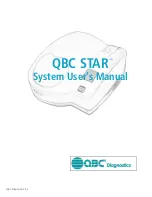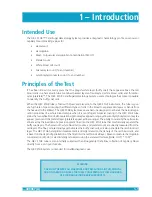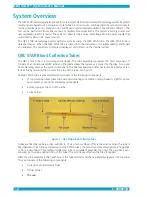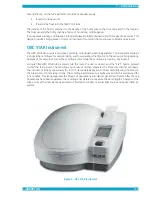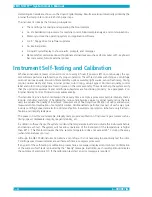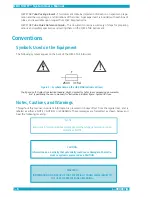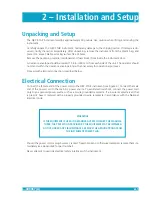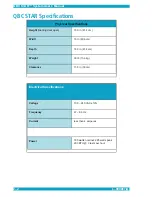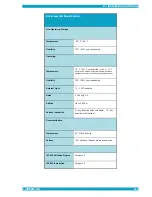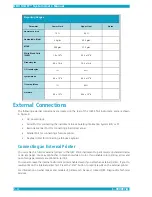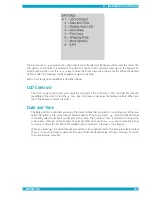
L–000867(A)
1–3
1 – Introduction
Placing the cap on the tube performs two actions simultaneously:
• It seals the tube carrier
• It inserts the fl oat into the QBC STAR tube
The density of the fl oat is matched to the density of the buffy coat so that it centers itself in that region.
The fl oat expands the buffy coat by a factor of ten during centrifugation.
If a tube breaks during centrifugation, blood and glass are fully contained within the capped tube carrier. This
design provides a high degree of user and instrument protection from exposure to blood and aerosols.
QBC STAR Instrument
The QBC STAR Instrument is a compact, portable, centrifugal hematology analyzer. The instrument contains
a single tube centrifuge for sample mixing and for separating the blood into the various cell populations.
Analysis of the sample occurs in the centrifuge rotor while the centrifuge is running. See Figure 2.
A single fi lled QBC STAR tube is placed into the rotor, the door is closed, and the “Star” button pressed
to start the test process. The centrifuge cycle mixes and then separates the blood into distinct cell layers.
The instrument initially spins slowly for 8 to 12 seconds typically (up to 30 seconds) allowing the blood in
the tube to mix. Once mixing is done, the centrifuge accelerates to a higher speed which is maintained for
4
3
/
4
// minutes. This stage separates the blood cell populations into distinct packed cell bands. After the cell
populations have been separated, the centrifuge decelerates to measure the band lengths. Analysis of the
tube occurs at the illumination/read station. This station consists of a dual light source and optical detector
system.
Figure 2 – QBC STAR Instrument



